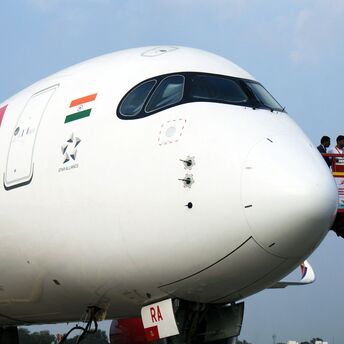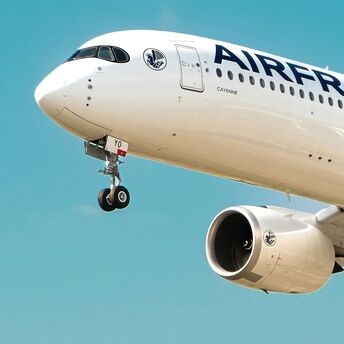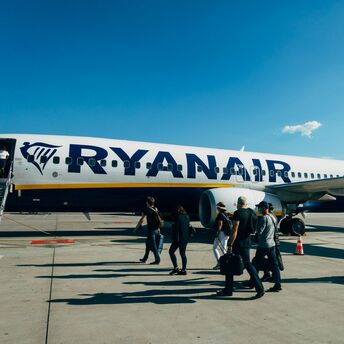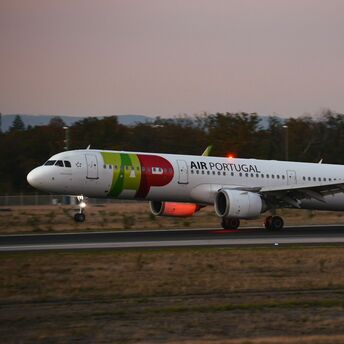New Winter Routes from Gdańsk Expand Travel Options Across Europe
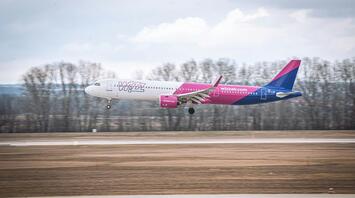
Wizz Air has announced that it will base its ninth aircraft at Lech Wałęsa Airport in Gdańsk. This step expands its route network in northern Poland and improves regional air connectivity. In October 2025, the carrier introduced updates that include new destinations and increased capacity for its seasonal flights. The step comes after steady growth in passenger numbers across Poland and aims to meet rising travel demand during the winter and into early 2026.
The new Airbus A321neo will enable Wizz Air to open five additional routes from Gdańsk, linking the city with Poprad-Tatry, Tallinn, Vilnius, Athens, and Nice. The newly added routes are expected to add over 500,000 seats to the airport’s network, increasing its reach to 39 destinations in 19 different countries. The updated flight plan represents one of the most notable seasonal transitions at Gdańsk Airport in recent times, indicating an increase in regional mobility and a growing enthusiasm for tourism.

Gdańsk now enjoys direct links to leading European destinations, attracting both holidaymakers and travelers seeking cultural experiences. The new flight to Athens gives passengers the opportunity to visit ancient sites and enjoy the mild winter weather, while the Nice route connects northern Poland directly with the French Riviera. Connections to Tallinn and Vilnius strengthen regional ties in the Baltic region, while Poprad-Tatry opens the way to Slovakia's winter resorts.
The routes offer varied travel opportunities for residents of the Pomerania region. Tallinn and Vilnius appeal to those looking for quick city escapes, while Athens and Nice promise longer European adventures. Located in the High Tatras, Poprad-Tatry invites visitors to enjoy majestic mountain views, lively ski resorts, and peaceful hiking trails. All of these destinations are highlighted by the expansion of direct flights now available from northern Poland.

The launch of new routes from Gdańsk reflects Poland’s increasingly significant position in European aviation. With regional airports broadening their international links, travelers now enjoy easier access to nearby capitals as well as faraway holiday destinations. This development is in line with a broader trend towards expanding the network of short-haul flights, allowing travellers to plan efficient direct journeys across Europe without the need to use large transit hubs.





